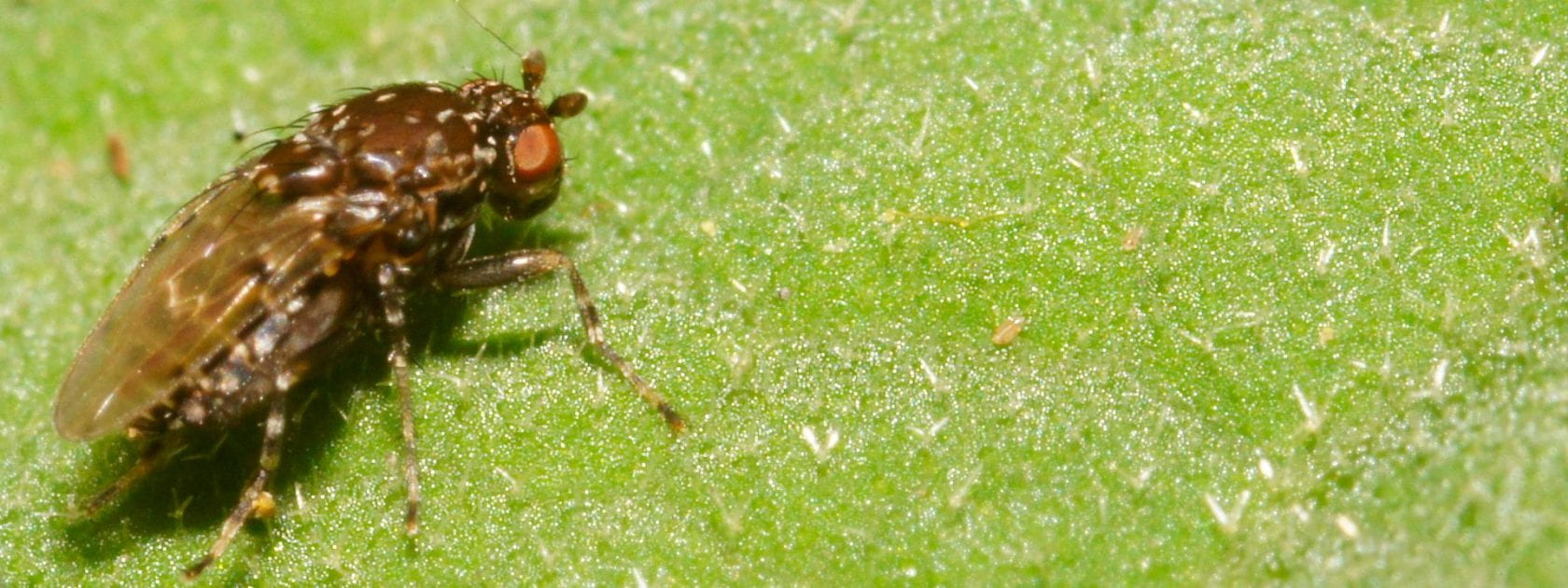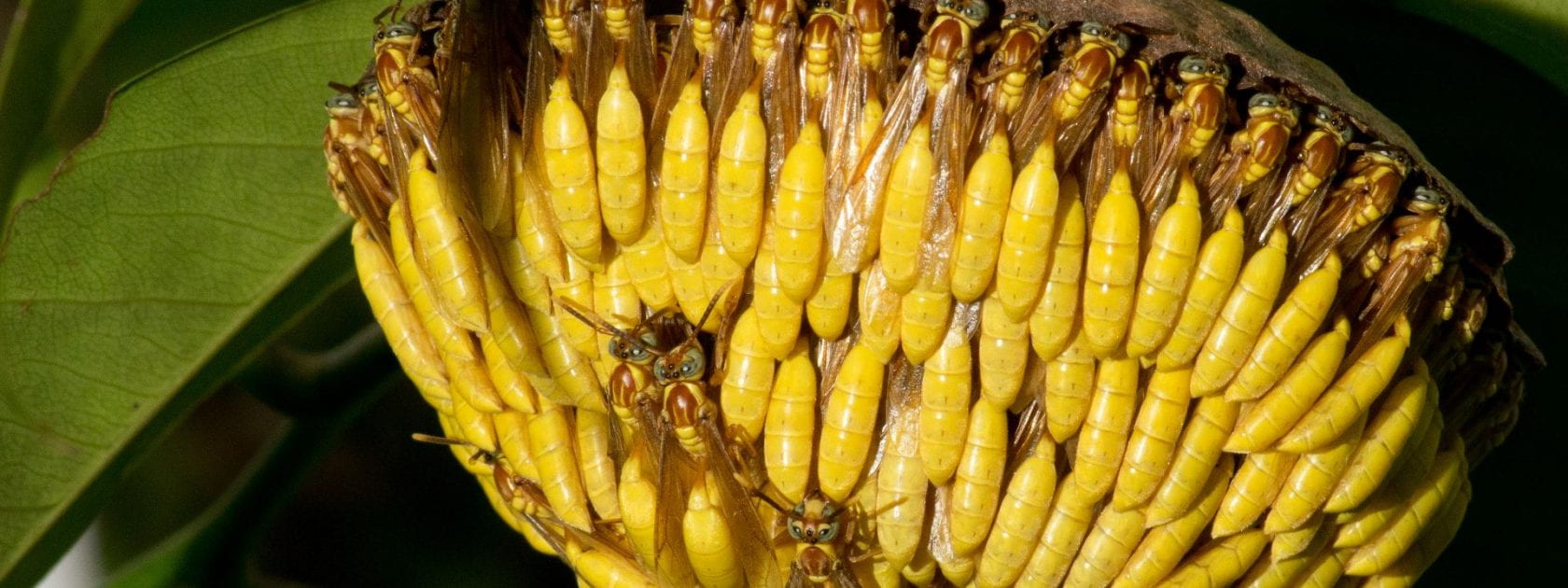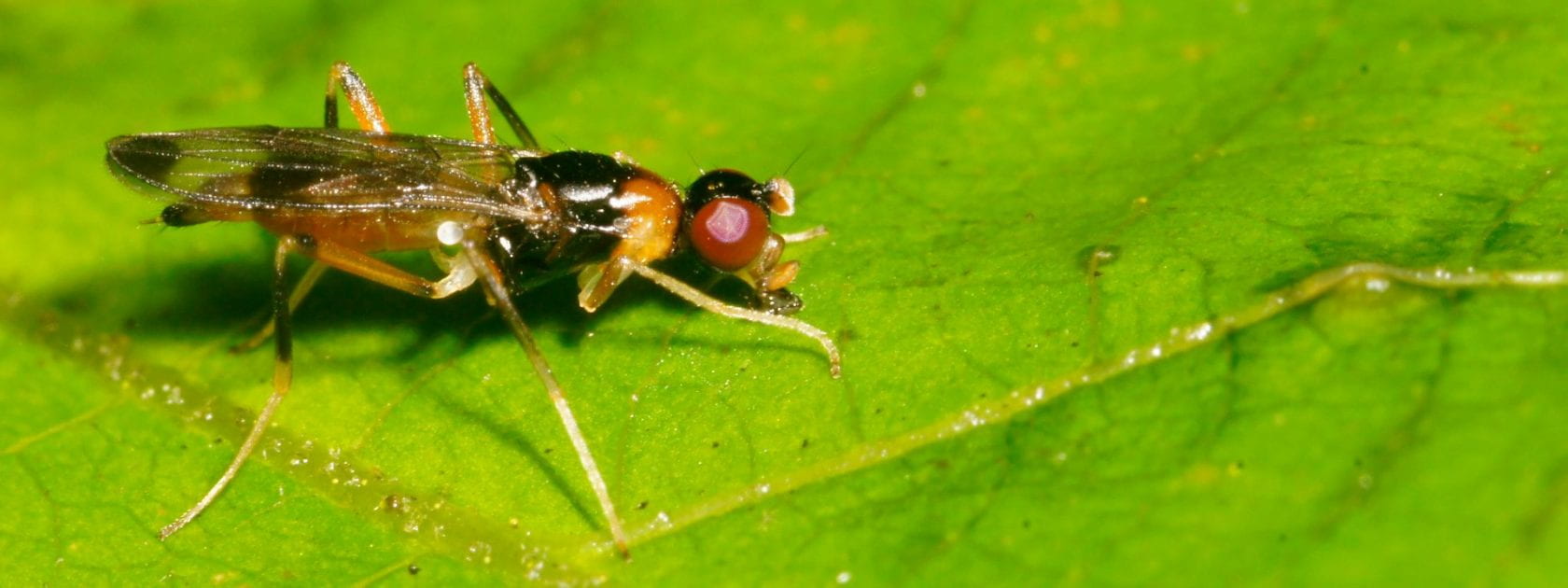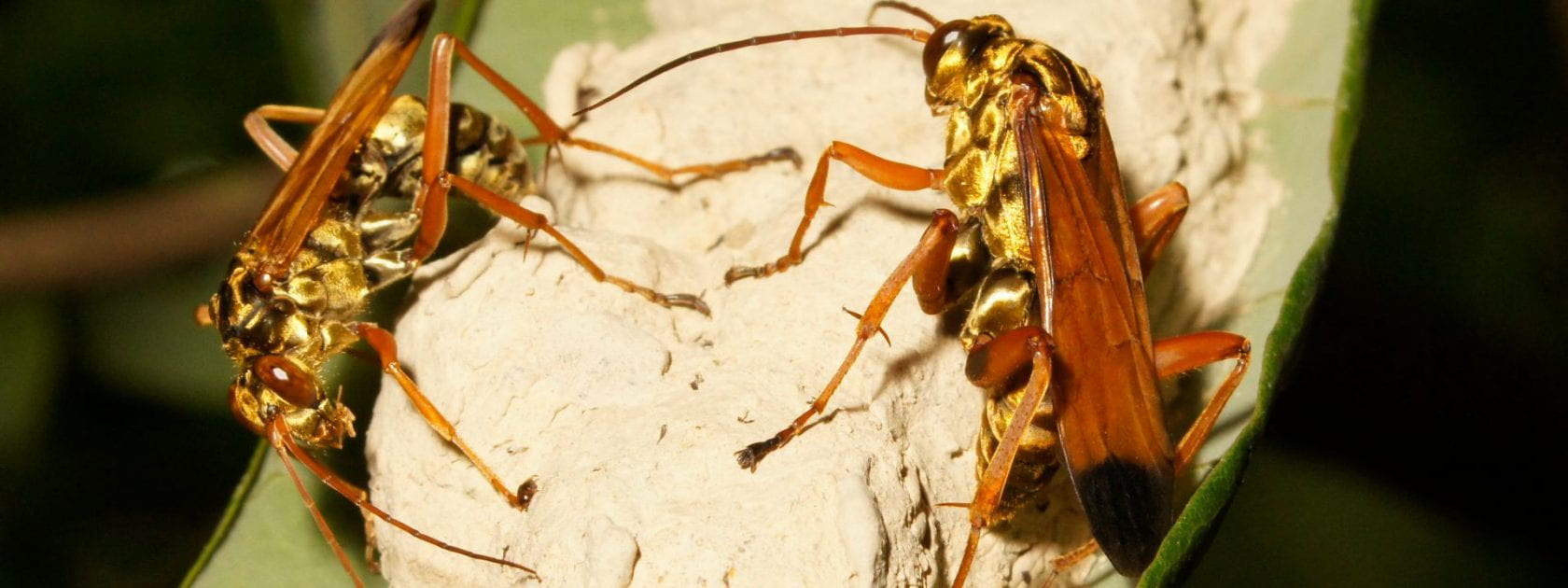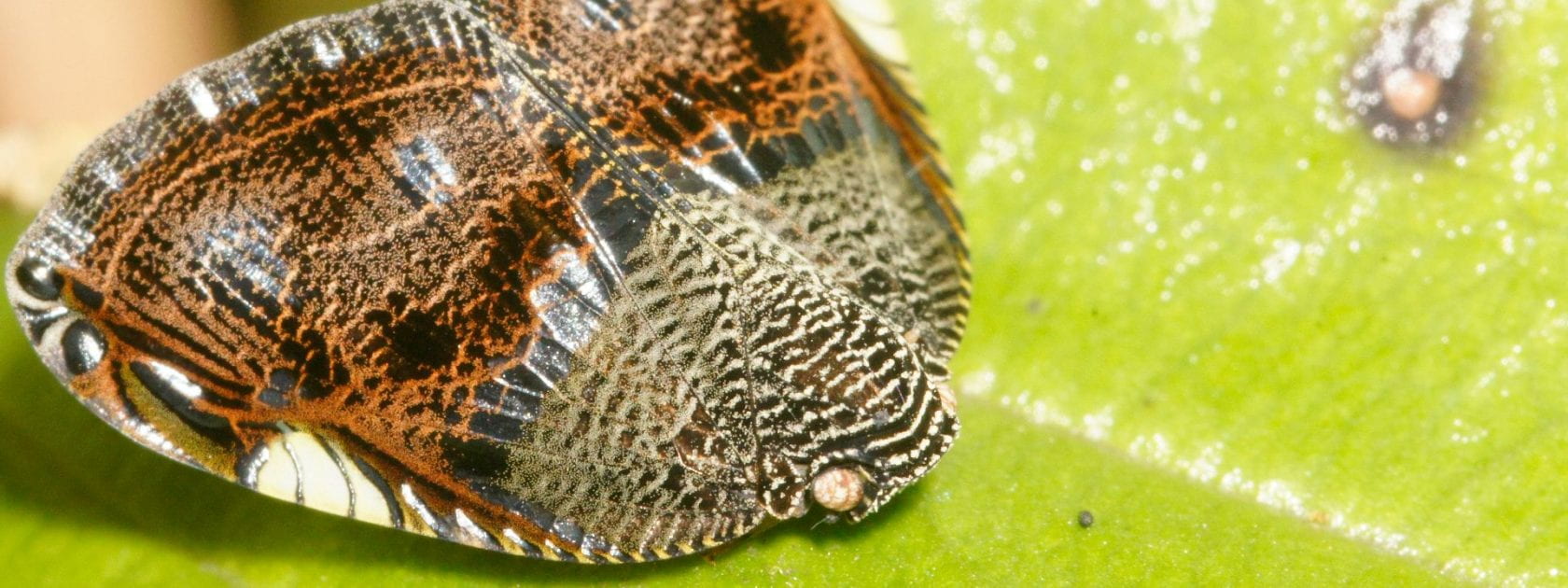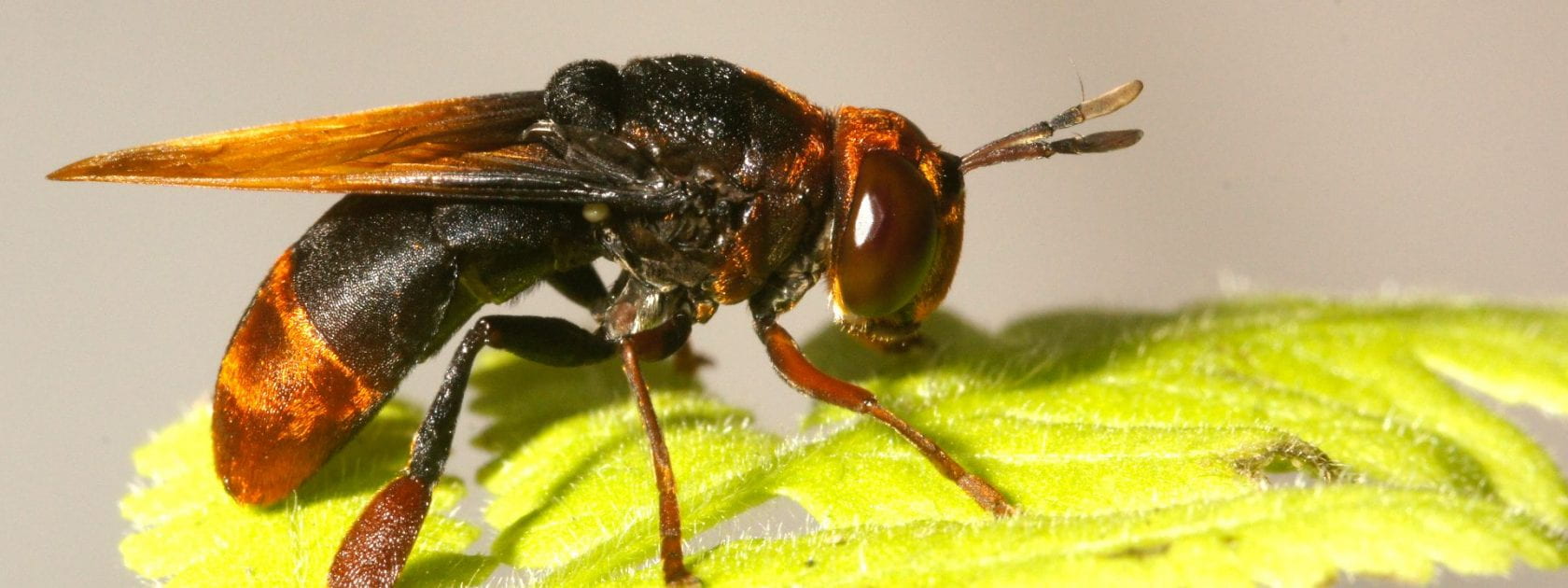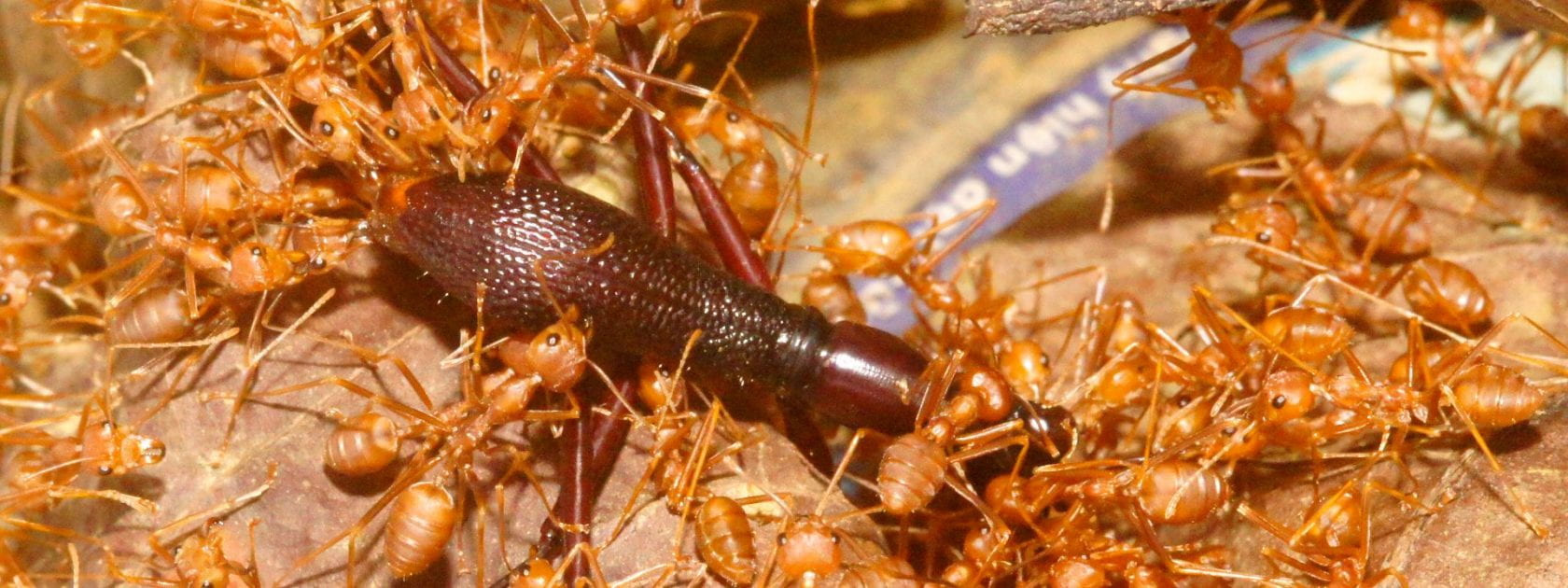The University of Guelph Insect Collection was founded in 1863 and has it’s roots as the insect collection of the Entomological Society of Ontario. It is the oldest insect collection in Canada and was, in effect, Canada’s national insect collection before there was a Canada and before the establishment of the Canadian National Collection in Ottawa. Although our current collection of approximately 3-4 million specimens is relatively small by world standards, the University of Guelph Insect Collection remains one of North America’s most important heritage insect collections, and is Canada’s third or fourth largest insect collection. It is the best collection of Ontario insects, including many irreplaceable specimens of extirpated species. It also houses a significant collection of flies (Diptera) from the New World. Research based at the collection has contributed over 1100 newly described species (including nearly 100 Canadian species), and hundreds of provincial, national and Nearctic records.
As an international research collection, personnel at the collection are involved with various research projects, and collaborate with researchers from other institutions to facilitate and support entomological research. Material from the collection is usually found under the acronum “DEBU” in published papers. For information on our holdings, please contact the director or curator of the collection.
As part of the University of Guelph, we also support graduate and undergraduate studies at the University, along with various outreach efforts to encourage students to consider studies in entomology. The insect collection is part of the School of Environmental Sciences, which has a diverse faculty that includes members that work on taxonomy, phylogenetics, ecology, IPM and conservation.



